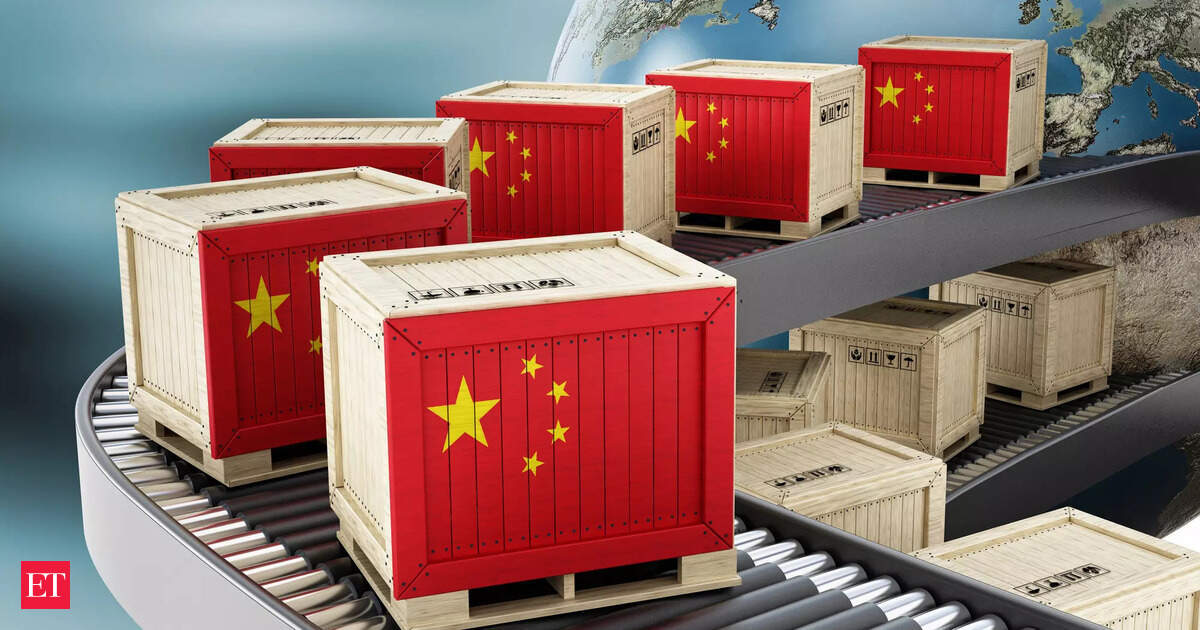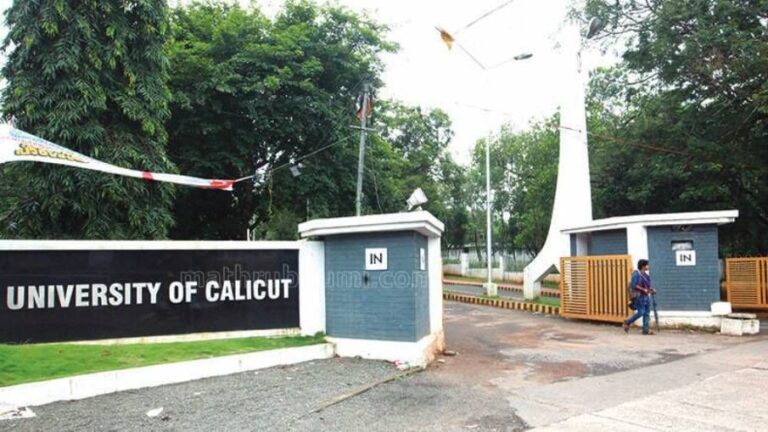China’s Rare Earth Export Controls Ignite Global Supply Chain Crisis – What You Need to Know!
China’s Rare Earths Export Controls: A Tightrope Walk for Global Supply Chains
China’s recent imposition of export controls on six crucial rare earth elements (REEs) and rare earth magnets has sent ripples through industries worldwide. These components are essential for a myriad of applications, from clean technologies to weaponry, affecting the global supply chain significantly. The electric vehicle (EV) sector is the most immediately impacted, with waves of anxiety as some factories signal they might shut down if China does not reconsider its restrictions.
Currently, China holds a staggering 70% of the world’s mined REEs and approximately 90% of refined production, including around 90% of the global supply of rare earth magnets used in vehicles. While these new regulations do not entirely ban exports to the automotive sector, they require companies to obtain prior government approval before shipping, complicating and prolonging the supply process.
The Strategic Weaponization of Rare Earths
China’s reliance on rare earths as an economic weapon may provide it with short-term leverage, but it invites its own set of long-term risks. While China may appear to control the present dynamics of the rare earth market, the future could be less certain.
Interestingly, the term “rare earth elements” is somewhat misleading. These 17 metallic elements—such as neodymium, dysprosium, and praseodymium—are relatively plentiful in the Earth’s crust. For comparison, cerium is more abundant than copper. However, the real challenge lies in extracting these elements in economically viable concentrations and the complicated process of separating them, leading to their classification as ‘rare.’ Despite the abundance of commercial deposits around the world, including Australia, the U.S., India, and various parts of Africa, China remains the hub for refining due to historical policy decisions and a lack of global investment in alternative capacity.
The Path to Chinese Dominance
The monopolistic grip China has on the rare earth market is less about geology and more about geopolitical maneuvering. From the 1980s onward, the Chinese government strategically positioned rare earth mining and processing as a key industry, implementing subsidies, low-interest loans, and lax environmental standards. This approach allowed Chinese companies to outpace their Western competitors, who faced more stringent regulations and higher operational costs.
By the early 2000s, many Western firms were driven out of business, with the Mountain Pass mine in California—once a leader in rare earth production—shutting down in 2002. This left China as the dominant supplier not only for mining but crucially as the primary refining powerhouse for materials used in magnets, batteries, and electronic devices. As a result, China controls the most valuable segments of the supply chain, limiting the influence of other countries.
Can China’s Move Backfire?
China’s gamble to leverage its rare earth monopoly carries inherent risks. The intentional tool of economic pressure may create new motivations for other nations to invest in developing their own rare earth capabilities. Countries like the U.S., Canada, Japan, Australia, and India are already mobilizing resources to establish independent supply chains.
For instance:
- Australia’s Lynas Rare Earths is significantly increasing production.
- The U.S. government has classified rare earths as critical minerals, aiming to allocate funding towards domestic refining infrastructure.
- India is making headway in securing domestic sources of critical minerals, expediting regulatory changes to support mining initiatives.
- Cooperative ventures in exploration with Central Asian countries are in progress to bolster regional supply.
The shift is not merely about meeting immediate supply needs but is also a call for innovation. Companies are exploring alternatives to rare earth elements, like ferrite magnets or advanced electric motor designs that minimize or eliminate the requirement for REEs altogether. In the long term, this could lead to reduced global reliance on China’s rare earth production.
Historically dependent industries, including electric vehicle manufacturing, will face short-term challenges, but the broader impact of these export controls is the shifting perception of rare earths from a mere commodity to a vital national security asset. Countries are deploying industrial policies, economic incentives, and forming international alliances to guarantee access to these pivotal resources.
As nations ramp up their efforts to secure rare earth production and processing capabilities, it is conceivable that China may soon find itself losing its grip on external markets. Should the world diversify its supply chains and localize production, the repercussions could reverberate through China’s economy, especially as its rare earth industry is heavily export-oriented, particularly in high-value-added segments.
In conclusion, this ongoing situation is more than just a supply chain disruption; it marks a strategic inflection point. As more countries recognize the dangers of over-reliance on a single source, the wheels of change are in motion, and there may be a broader, more distributed landscape in rare earth production on the horizon. China’s current actions reveal a duality—while they may seek to control and leverage their dominance, such tactics could ultimately catalyze a decline in that very power.






